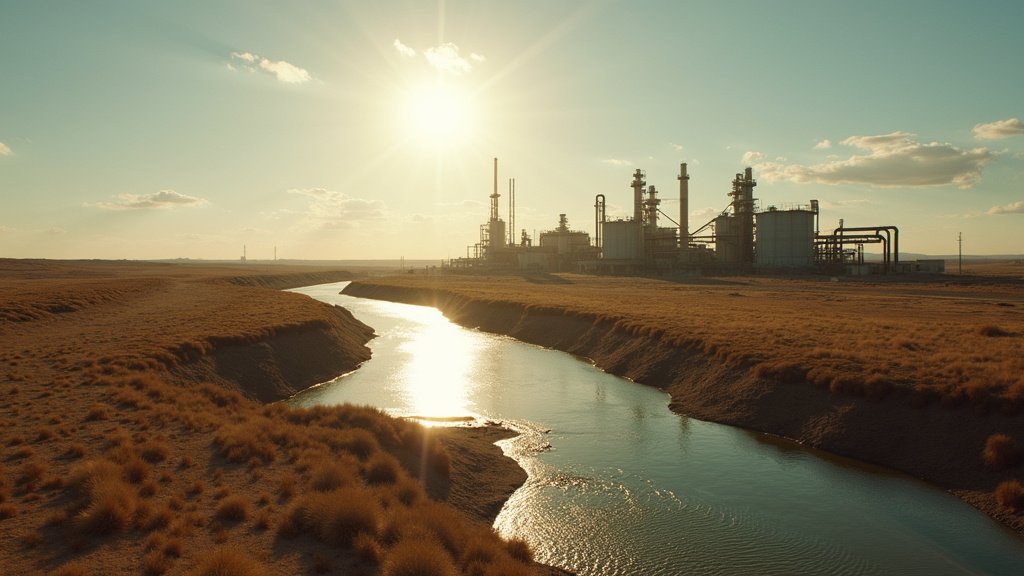Texas Senate Committee Advances Major Water Bond Package
A significant legislative step was taken recently as the Texas Senate Natural Resources Committee greenlit Senate Bill 1 (SB 1), a landmark proposal designed to funnel substantial state resources into crucial water infrastructure projects across Texas. The bill, championed by State Senator Anya Sharma, outlines a robust plan to create a $5 billion state bond package specifically earmarked for addressing the state’s escalating water challenges.
Addressing Texas’s Growing Water Needs
The impetus behind SB 1 stems from the dual pressures of Texas’s burgeoning population and the increasing frequency and severity of drought conditions that impact communities statewide. With millions more residents expected in the coming decades, the demand on existing water supplies and infrastructure is projected to intensify dramatically. Simultaneously, prolonged dry spells strain reservoirs and groundwater sources, highlighting the urgent need for enhanced water management capabilities and resilient infrastructure.
Senator Sharma and other proponents of SB 1 emphasize that this $5 billion investment is not merely a response to current pressures but a proactive measure essential for ensuring Texas’s long-term prosperity and sustainability. The proposed bond package represents one of the most significant state-level commitments to water resources in recent history.
Key Investments and Administration
The funds generated through the proposed $5 billion bond package are intended to support a diverse array of critical projects aimed at modernizing and expanding Texas’s water infrastructure. These initiatives include, but are not limited to, the development of new reservoir capacity to increase stored water supplies, the modernization and repair of aging pipeline systems to reduce leaks and improve delivery efficiency, and the deployment of advanced conservation technologies across municipal, agricultural, and industrial sectors.
Effective administration of these funds is central to the bill’s design. SB 1 proposes that the $5 billion would be administered primarily through grants and low-interest loans. This structured approach aims to make funding accessible to a wide range of entities, including local governments, regional water authorities, and other eligible project sponsors, thereby facilitating projects that might otherwise be financially prohibitive.
The responsibility for overseeing the allocation and distribution of these funds would fall under the purview of the Texas Water Development Board (TWDB). The TWDB is the state agency tasked with leading Texas’s efforts to ensure the availability of adequate water supplies. Leveraging the TWDB’s expertise and established processes is intended to guarantee that the funds are directed towards projects with the greatest need and potential impact, based on the state’s water plan and regional priorities.
The Path Forward: Full Senate Consideration
Following its approval by the Senate Natural Resources Committee, SB 1 is now positioned for consideration by the full Texas Senate. Its advancement out of committee signals significant support among key legislators for tackling water infrastructure needs with a substantial financial commitment. The bill’s journey through the Senate is expected to draw considerable attention, given the statewide implications of water availability and infrastructure reliability.
Proponents advocating for the bill’s passage in the full Senate continue to underscore the profound long-term economic and environmental necessity of this investment. They argue that delaying such critical upgrades and expansions would lead to higher costs in the future, potentially constrain economic growth, and leave communities vulnerable during periods of drought or infrastructure failure. Investing $5 billion now is framed as a crucial step to secure Texas’s water future for generations to come, supporting everything from agricultural production and industrial operations to municipal supply and ecological health.






